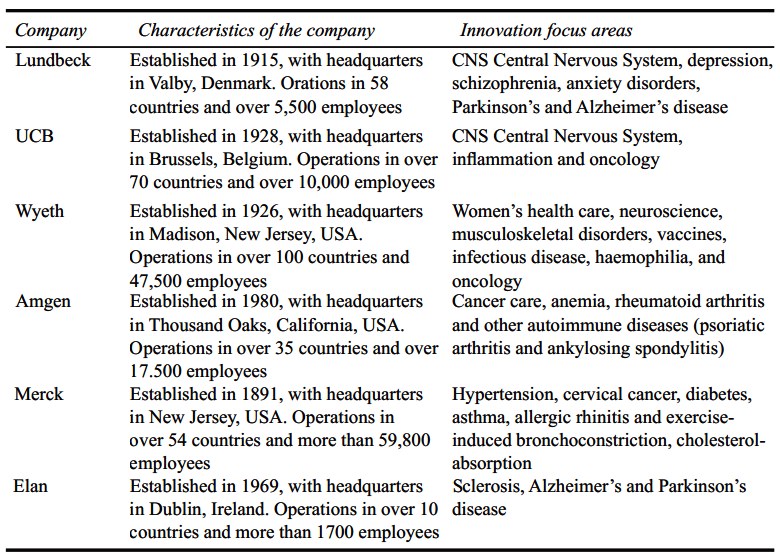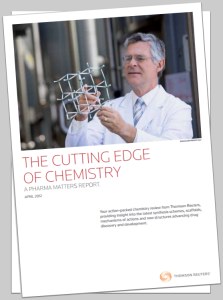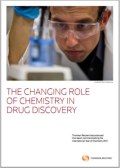 A case study of six leading pharmaceutical companies – Amgen, Elan, Lundbeck, Merck, UCB and Wyeth – by Annabeth Aagaard of the University of Southern Denmark points to how the industry might adapt to ongoing pressures from rising R&D costs, depreciating patent value and public authority desire to cut healthcare costs.
A case study of six leading pharmaceutical companies – Amgen, Elan, Lundbeck, Merck, UCB and Wyeth – by Annabeth Aagaard of the University of Southern Denmark points to how the industry might adapt to ongoing pressures from rising R&D costs, depreciating patent value and public authority desire to cut healthcare costs.
“These challenges have increased the focus on shortening development times and the efficiency of Front-End of Innovation (FEI),” explains Aagaard. Writing in the journal IJTPM, she explores how idea management may be applied as a tool to promote pharmaceutical FEI her findings have implications not only for the companies themselves but for policy-makers and how FEI might best be supported and so allow companies to develop strong drug candidates and bring them to market quickly.
Aagaard found that the six companies employ very similar approaches to idea management in FEI, which might suggest that innovation would be stifled and the competitive edge lost. She explains that her contacts at the companies studied pointed out that the similarities in approach are inevitable: “We pretty much all use the same discovery process model, as we have to answer to the same regulations (i.e., FDA) and live up to the same requirements,” one company said. Another stated: “You have to remember, that we (i.e., the pharmaceutical scientists) all go to the same conferences, are more or less educated in the same places and are moving to and between the same companies, so we share a number of similarities and probably think very much alike when it comes to innovation and how to develop a new drug.”

Apparently, skunk work – rule-breaking work by a splinter group within the company – is perhaps the way companies might break the mould in their pharma discovery and development efforts. However, the current regulatory system still leads to low-risk, low-cost approaches to R&D and “me-too” products. Aagaard points out that skunks aside, it might be that a radical shake-up of patent law would be the way forward to new innovation in an industry stifled by expiring patents and desiccating pipelines.
![]() Aagaard A. (2012). Idea management in support of pharmaceutical front end of innovation, International Journal of Technology, Policy and Management, 12 (4) 373. DOI: 10.1504/IJTPM.2012.050138
Aagaard A. (2012). Idea management in support of pharmaceutical front end of innovation, International Journal of Technology, Policy and Management, 12 (4) 373. DOI: 10.1504/IJTPM.2012.050138
 The latest issue of my Cutting Edge of Chemistry report for TR Pharma Matters is now available.
The latest issue of my Cutting Edge of Chemistry report for TR Pharma Matters is now available. The role of the drug discovery chemist has changed significantly over the past 50 years – workflows have been reinvented while the same goals remain to find and test novel molecules that can reach and act on disease targets.
The role of the drug discovery chemist has changed significantly over the past 50 years – workflows have been reinvented while the same goals remain to find and test novel molecules that can reach and act on disease targets. The pharmaceutical industry is facing tough times. The patents for many of the billion-dollar blockbuster drugs have expired, generics have taken market share. Health insurance companies and national health services are under increasing pressure to cut costs. Manufacturers and governments in the developing world are either ignoring intellectual property rights totally and producing generics for their poor sick.
The pharmaceutical industry is facing tough times. The patents for many of the billion-dollar blockbuster drugs have expired, generics have taken market share. Health insurance companies and national health services are under increasing pressure to cut costs. Manufacturers and governments in the developing world are either ignoring intellectual property rights totally and producing generics for their poor sick. My latest science news updates on SpectroscopyNOW – covering heavy metal sardines, pain relief and sleep problems, oral insulin and a new male infertility test that could explain the issue problem.
My latest science news updates on SpectroscopyNOW – covering heavy metal sardines, pain relief and sleep problems, oral insulin and a new male infertility test that could explain the issue problem.